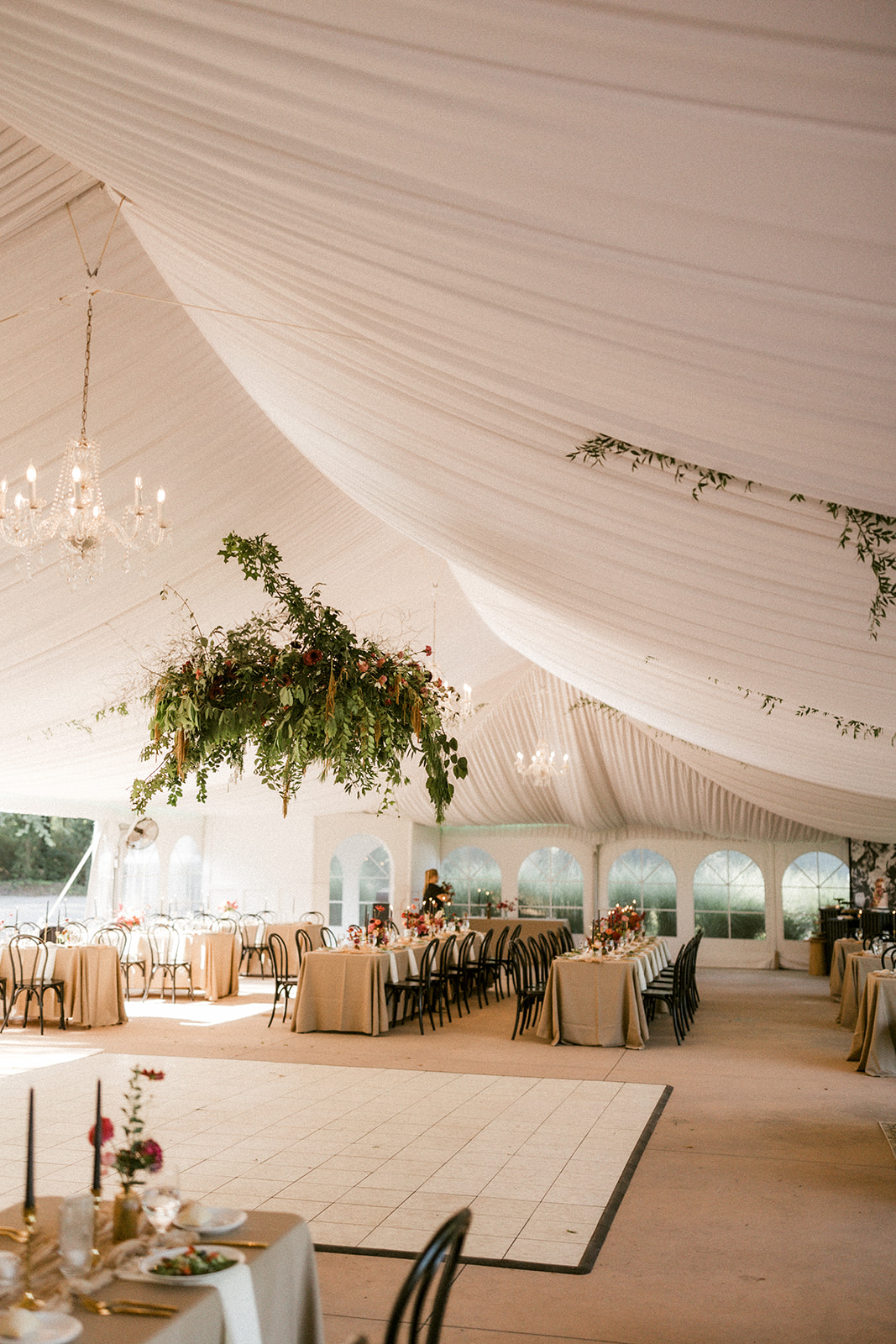Exploring the Advantages and Disadvantages of Wood and Vinyl Performance Floor Materials for Optimal Performance and Aesthetics
Exploring the Advantages and Disadvantages of Wood and Vinyl Performance Floor Materials for Optimal Performance and Aesthetics
Blog Article
As it comes to selecting the appropriate dancing floor substance, wood and vinyl are two common choices that performers and dance studio owners often consider. Each substance has its own distinct advantages and disadvantages that can affect execution, security, and visual appeal. Comprehending these differences is essential for making an educated choice that satisfies the requirements of performers and improves the general environment in a dancing studio or showcase area.
Wood dancing floors are often preferred for their classic appearance and texture. They provide a organic surface that can take in shock, which is beneficial for dancers who execute intense movements. The elasticity of wood helps reduce the chance of harm, such as sprains and stresses, by providing a stable area. Additionally, wood surfaces can be refinished, allowing them to maintain their look over the years. This longevity makes them a long-term investment for dance studios. However, wood floors can be more costly to install and maintain compared to synthetic choices, and they may require regular upkeep to prevent warping or damage from humidity.
On the other hand, vinyl dancing surfaces offer a range of advantages that make them appealing to many dancing spaces. One of the main advantages of vinyl is its affordability. Vinyl flooring is generally less expensive to buy and install than wood, making it a cost-effective choice for studios. Furthermore, synthetic is available in a wide range of colors and designs, enabling for greater customization to align with the style of the area. Synthetic surfaces are also simpler to maintain and care for, as they are impervious to stains and water. However, some performers may find that synthetic does not provide the equivalent level of shock absorption as timber, which could lead to discomfort during long rehearsal periods.
Another important factor to evaluate is the type of dancing being performed. Different dancing genres may demand distinct floor materials for optimal performance. For example, classical ballet dancers often favor timber floors because they offer a solid area for spins and leaps. In comparison, styles like urban dance or jazz may benefit from the slip-resistant features of vinyl. It is crucial for dance studio proprietors to take into account the primary dancing styles taught in their studio when selecting a floor material. This consideration can help guarantee that dancers have the best possible environment while practicing and performing.
Visual appeal also play a significant part in the decision-making procedure. Wood surfaces are often associated with elegance and tradition, making them a favored option for elegant dance studios and theaters. The natural texture and warmth of timber can establish a inviting environment that improves the general experience for both performers and spectators. Conversely, vinyl floors can be crafted to replicate the appearance of wood or alternative substances, providing a go contemporary and chic look. The decision between wood and vinyl can ultimately hinge on the intended atmosphere of the space and the impression that dance studio proprietors want to create.
In summary, both timber and vinyl dancing surfaces have their own set of benefits and disadvantages that can influence execution and aesthetics. Wood floors provide durability, impact absorption, and a traditional look, while vinyl floors offer cost-effectiveness, simplicity of upkeep, and styling flexibility. The decision between these substances should be based on the particular requirements of the performers, the types of dance being performed, and the general vision for the studio. By thoughtfully evaluating these elements, studio proprietors can establish an environment that supports best performance and improves the pleasure of dance for all involved.